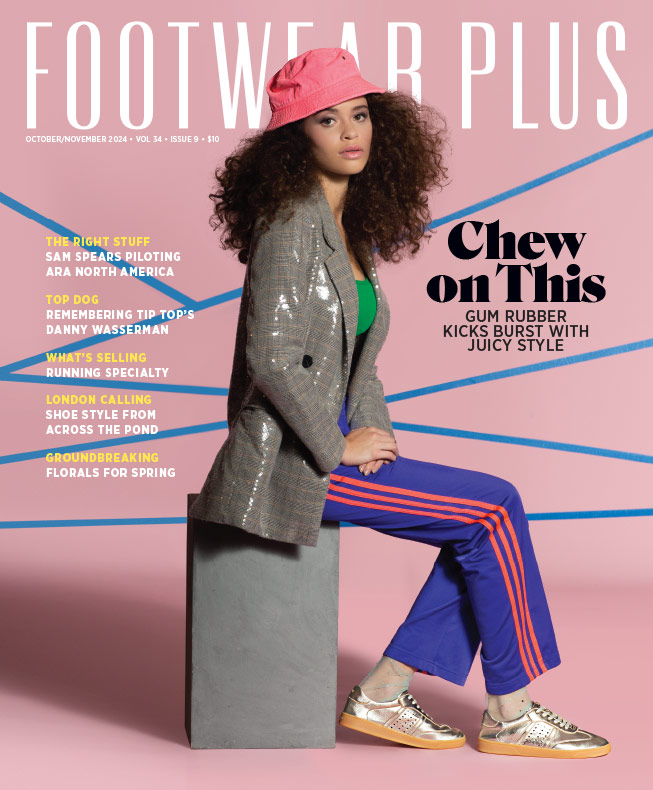Columbia aims to outpace its outdoor competitors with a waterproof minimalist collection.
“Less is more” might be the most influential philosophy in footwear at the moment, and it certainly is at Columbia, says Mark Nenow, vice president of footwear. Inspired by the minimalist movement racing through the athletic world, the company is releasing 25 new lightweight styles for Spring ’12, including a trail running shoe, the Ravenous Lite, weighing in at just over six ounces.
“The whole barefoot conversation birthed in running is increasingly part of the conversation in outdoor footwear,” Nenow says. The paradigm, he adds, is shifting away from the “heavy, overbuilt and clunky” trail footwear of yesteryear toward styles that are “way more flexible, forgiving and comfortable.”
Following hot on the heels of outdoor minimalist collections from Merrell, Ecco and New Balance, Nenow says the Columbia collection, which retails for $30 (slides) to $190 (hiking boot), addresses an oft-overlooked aspect of outdoor wear: waterproofing. “Traditional waterproofing techniques add bulk to the shoe,” he explains. “When submersed in water, today’s ‘waterproof ‘ shoes often double in weight, as water is caught between the shell and the waterproof booty.” Enter its new OutDry technology, a waterproof breathable laminate featured in 15 styles. “There is no space for anything to collect,” he says. In addition, Columbia is incorporating Fluidpost (previously used in the company’s Montrail brand), and Fluid Frame, two new construction methods that increase support and stability.
It’s a slew of new technology that aims to please the consumer, who is increasingly taking the reins when it comes to deciding how to wear their footwear, Nenow says. “Consumers will define the need and what they use their footwear for, not retailers or brands,” he explains. “For some consumers, versatility resonates and the option for hybrid designs are a key factor. Other consumers have a specific end use in mind.” In other words, Nenow says, “One person’s perfect trail runner is another’s perfect day hiker.” —Audrey Goodson



